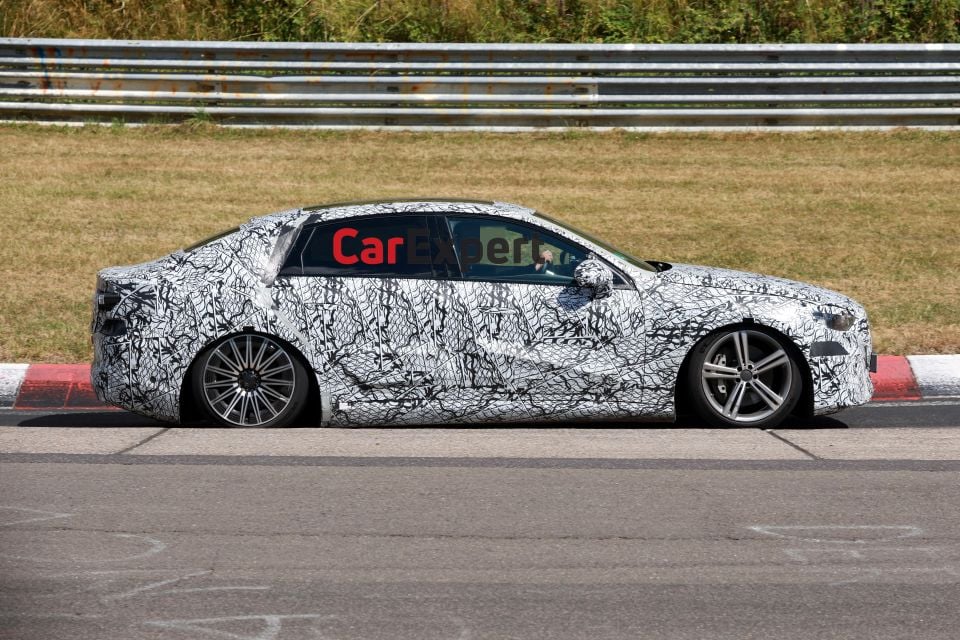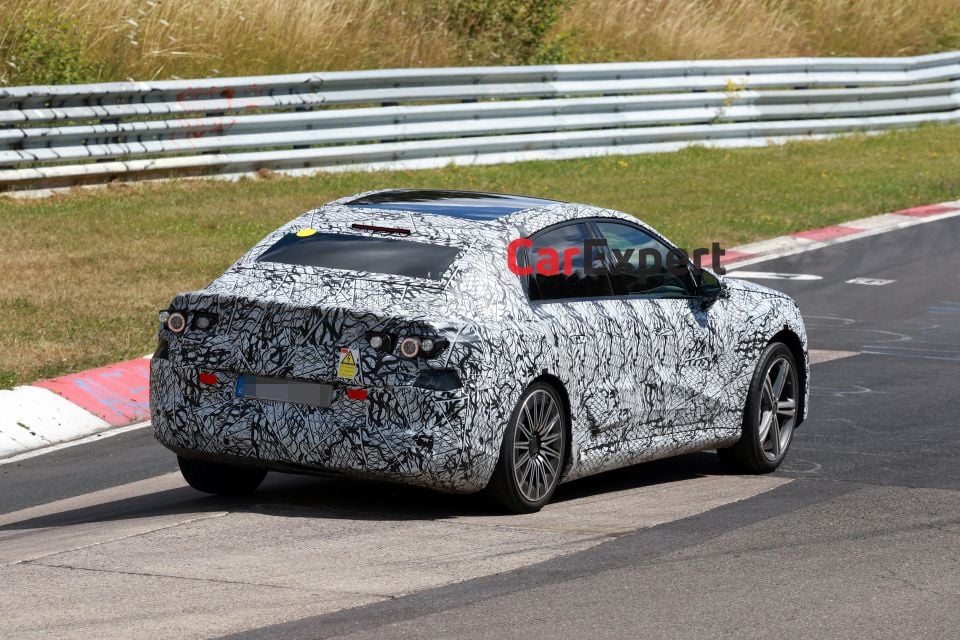Mercedes-Benz’s current electric passenger cars have failed to fire, particularly in markets like Australia where the German luxury brand is currently offering discounts of tens of thousands of dollars to shift remaining stock.
So, for its next crack at an electric passenger car – expected to wear the C-Class with EQ Technology nameplate – Mercedes-Benz has changed tacks.
Not only will it not wear one of the EQ-prefaced nameplates that Mercedes-Benz is moving away from, but the new electric C-Class wears much more conventional styling than the slippery EQE sedan and EQS limousine.
CarExpert can save you thousands on a new Mercedes-Benz. Click here to get a great deal.

It’s part of a move by Mercedes-Benz to offer a “coherent design language” across its portfolio, which will see its electric vehicles (EVs) closely resemble their combustion-powered counterparts.
It’s a similar strategy to that employed by BMW, which will make its next electric 3 Series a global model that will take on this Benz head-on, and one which it has already previewed with the new CLA.
Mercedes-Benz appears to have changed the look of its electric C-Class during the testing phase, as this prototype has a more conventional look than some of those spied earlier. The brand still isn’t done yet, though, with placeholder lighting units used on this prototype.
The electric C-Class will slot in above the new electric CLA with EQ Technology, and is likely to closely resemble a facelifted version of the current C-Class.

That’s despite the C-Class EV using the new MB.EA dedicated electric vehicle (EV) architecture, as opposed to the MRA2 underpinnings of the current C-Class.
That will see it share its platform with the new GLC with EQ Technology, which is set to be revealed in September.
The upcoming mid-size electric SUV will offer a choice of single-motor rear-wheel drive and dual-motor all-wheel drive powertrains, and both lithium iron phosphate (LFP) and nickel manganese cobalt (NMC) batteries.
The LFP battery will offer a range of just over 500km on the WLTP cycle, while the NMC battery – with a capacity of 94.5kWH – will offer more than 800km. We can therefore expect the C-Class EV to boast an even longer range, given it’ll likely be more aerodynamic.
The standard 800V electrical architecture will also allow DC fast-charging rates of up to 320kW in the GLC, which means it can be topped up to provide 400km of range in as little as 15 minutes. Mercedes-Benz is also introducing a two-speed transmission.

